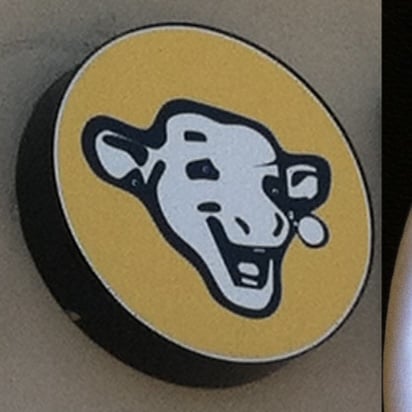

First of all, he should drop Python for anything resource intensive as such a simulation. And then think about how to optimize the algorithm.


First of all, he should drop Python for anything resource intensive as such a simulation. And then think about how to optimize the algorithm.


I think I have two I could put on the left side. A “full-height” 5.25 inch drive with 5 megabytes and a DEC removable disk platter assembly, somewhere over a foot in diameter and 8 to 10 inches high. I don’t remember how much capacity that had. It was for a RP04 or RP06 drive.


I managed to smuggle a CD with this song labeled as “Wedding Dance” on the DJs pile, just in time so the DJ did not have the time to listen in. Imagine a couple that had only visiting a quick crash course on dancing trying to move gracefully to that…


The compressing and renumbering seems to be more common with embedded Chinese fonts - Space-wise it makes a lot of sense. But yes, mark and copy text, paste it into word or writer, and you get gibberish. Can’t verify the search, though. And, of course, Google translate can’t do anything with it, either.


If you ever need to edit a PDF that way, just use Inkscape. It is way better than LO draw for that.


It is not a curse. It does exactly what it is intended to do: Create an archive of a document that is universally reproduceable.
It is a very well designed cul-de-sac for exactly this purpose. Using it for anything else is calling for trouble.


The problem lies in the PDFs themselves. In there are objects that represent lines of glyphs. If you are lucky. A conversion tool can guess which of those lines belong together and produce the text.
It cannot know any intentions behind it, though. Take a numbered list. The first line is two line objects: the number plus the . or the ), and the first line of text. The conversion tool can now guess. As the line blocks with the numbers are all left of the line blocks with text, this could be a numbered list. Or it could be a table with two columns. Nothing in the PDF is giving any hints.
And that is the easy part. This assumes that the document either uses default fonts, or keeps its embedded fonts untouched. If they use embedded fonts and a PDF optimizer that only embeds the used characters and renumbers them, any copy or conversion tool is bound to fail.
Same with protected PDFs where you simply cannot copy the text from the start.
And then there are PDFs that just consist of scanned pages. Here you would need an OCR software to get something readable out of them.
PDF is an archival, output format, the end of a process. Not something to work from.
Always preserve the original file. Keep it safe. If you change tools, make sure you have a conversion path into something editable. The PDF is for giving away, nothing else.


It is the same with cars as with food additives. In Europe you have to prove they are safe before putting them on the market, in the US you put them on the market and wait until people die before it is taken off the market again.
There are a lot of reasons why contraptions like the Swasticar are illegal in Europe.
This depends on what you are actually looking for, and how you are looking for it.
Do you really need pattern matching, or do you only look for fixed strings? Then other tools may be faster.
If you need case independent search on an upper- and lowercase data set, make a copy that is all upper or all lower, and search there.
If you only search in certain columns, make a copy that only includes these.
Or import the data into a database.